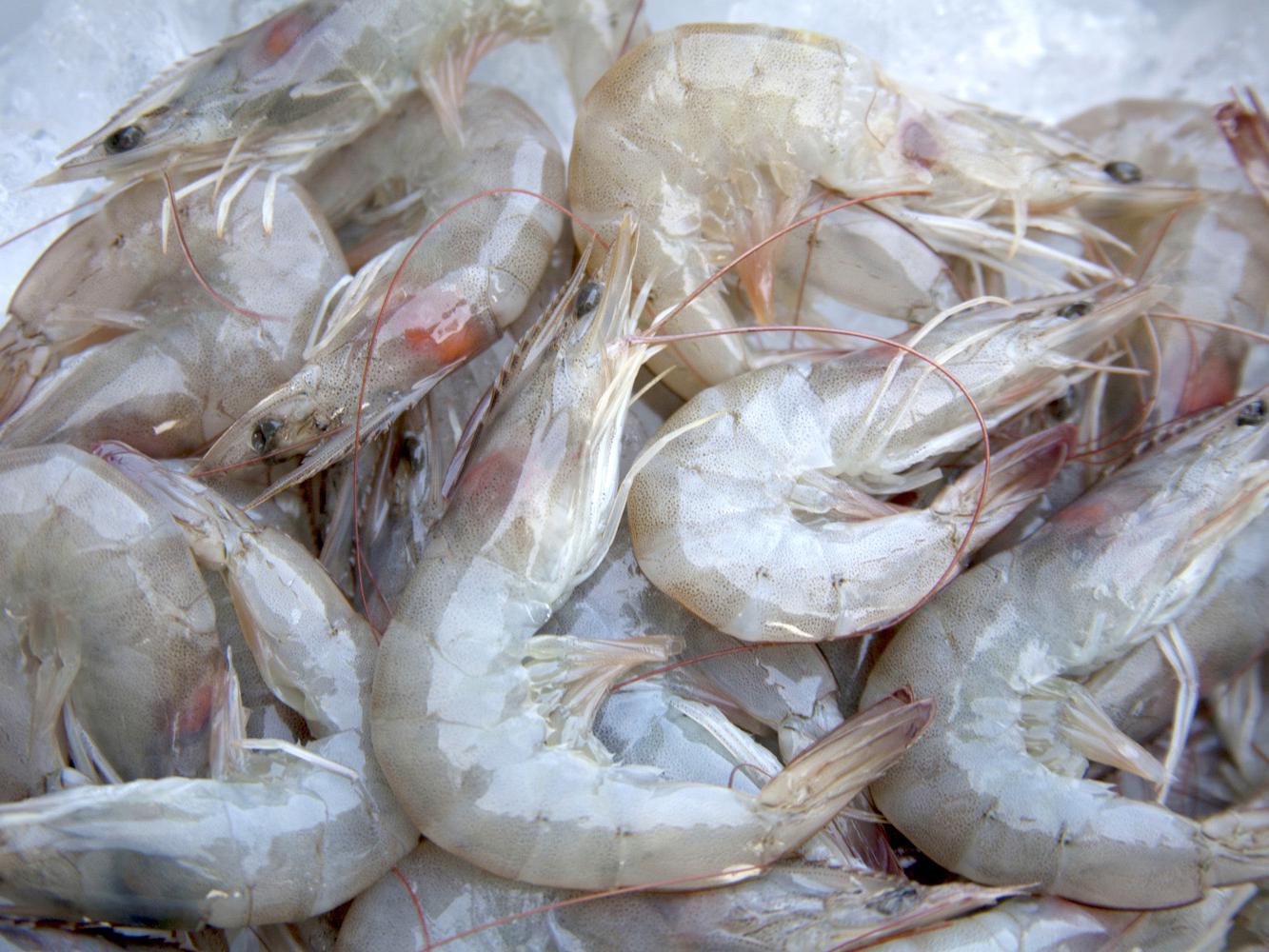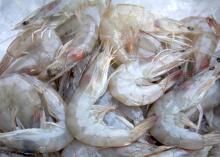Information Possibly Outdated
The information presented on this page was originally released on July 1, 2011. It may not be outdated, but please search our site for more current information. If you plan to quote or reference this information in a publication, please check with the Extension specialist or author before proceeding.
State's shrimp small, but landings are good
MISSISSIPPI STATE – They may be living up to their name in size, but Gulf shrimp are being landed in Mississippi in good numbers, and large ones are selling for high prices.
The state’s shrimp season opened May 25, which was about a week earlier than normal. Dave Burrage, marine resources specialist with the Mississippi State University Extension Service, said the early opening was due to Mississippi River flooding.
“The Bonnet Carre Spillway was opening, and they were afraid the freshwater would run all the shrimp out of the Mississippi Sound before we could get them,” Burrage said.
On opening day, just 160 shrimping boats were out in Mississippi waters. In recent years, that number has been about 300, although it was as high as 1,000 boats before Hurricane Katrina struck the coast in 2005.
“That shows what economics have done to the industry,” Burrage said. “There are higher costs and lower prices.”
The shrimp season dictates when the waters of the Mississippi Sound, the expanse from the shoreline to the barrier islands about 12 miles offshore, can be trawled for shrimp. Waters beyond that are federal waters, and big, offshore boats can fish federal waters year-round.
“We manage the shrimp fisheries in the state waters of Mississippi, Louisiana and Alabama because the shrimp grow in the in-shore waters,” Burrage said. “They become next year’s crop in the bayous, the Sound and the waterways.”
This year, 901,000 pounds of shrimp were landed in Mississippi during the first two weeks of the season. In 2009, just 600,000 pounds were landed in that same time period. Because the oil spill effectively eliminated the 2010 shrimp season, information from that year is of little value.
“It wasn’t that the shrimp weren’t there,” Burrage said. “We can attribute the sharp decline in 2010 landings to the closures and the fact that those who could were taking advantage of BP’s Vessels of Opportunity program. They weren’t out shrimping; they were catching oil.”
While this year’s opening numbers were good, the state landed about 1 million pounds of shrimp in the first two weeks in 2008 and almost 2 million pounds in 2007.
“There’s been a real split in the production in terms of what’s coming to the docks,” Burrage said. “It’s either really, really big or really, really small, and the price reflects that.”
Tails-only, large shrimp, such as 15 to 20 count, are selling at the docks for $5.50 a pound. The count size refers to how many shrimp make up one pound. Burrage said the larger shrimp are mostly being caught off-shore by large-scale shrimpers, and smaller, individually owned boats are catching mostly smaller shrimp.
Burrage said most shrimp being caught in June in the Sound were near the 51 to 60 count size, and these sold for about 80 cents a pound dockside. Wholesale prices are higher, but fishermen are not benefitting from resale prices.
“The offshore freezer boats are making money this year. The inshore guys are having trouble finding shrimp, particularly shrimp that will bring them any money,” Burrage said.
Steve Bosarge, owner of Bosarge Boats, Inc. in Pascagoula, said it’s too early to tell, but he predicts an average to below-average production for the year, given current conditions.
“It’s a little early in the season to make any predictions about what effect the oil spill may or may not have had on production for this season,” Bosarge said. “The environmental conditions have been near perfect this year for the growth of a promising shrimp crop, but I can’t say with any certainty what will come of it just yet.”
Bosarge said the season’s opening early meant shrimp were small. Production was slow at first but increased after the first few weeks. Price has reflected some of the change in supply.
“Shrimp prices have been up a little bit so far, but as production increases the prices are beginning to move back down,” Bosarge said.





